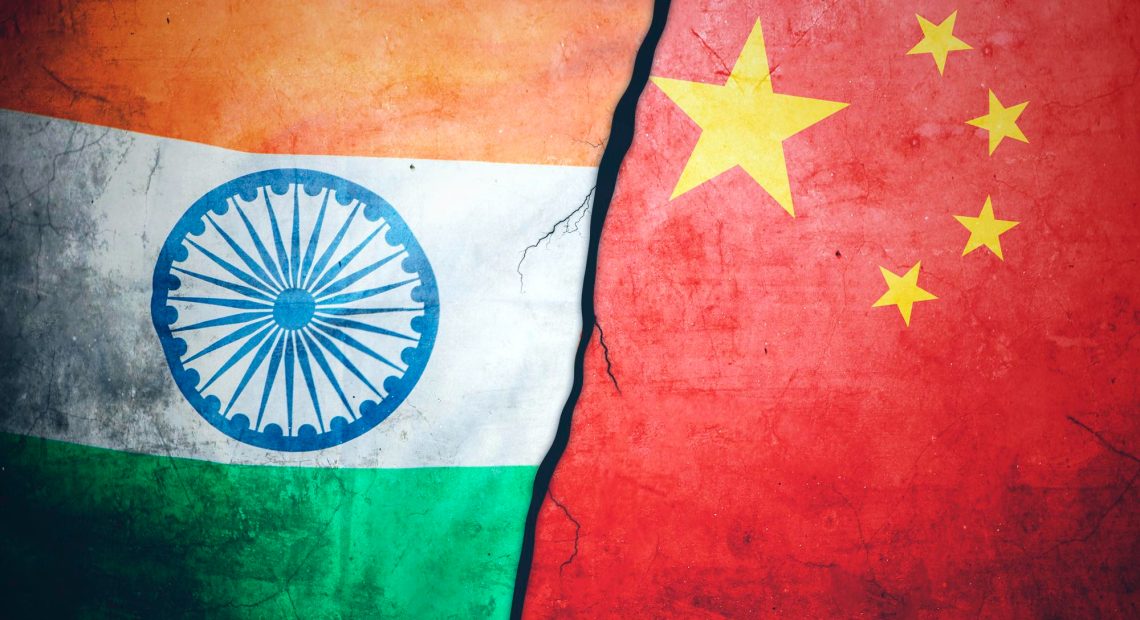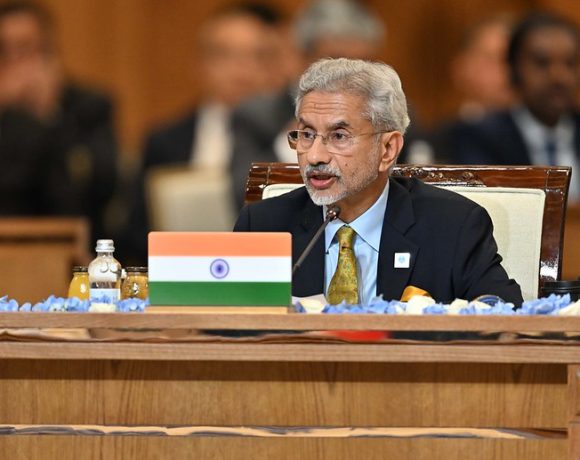
Potential Influx of Chinese Imports into India Amid Global Trade Shifts
India is preparing for a significant influx of Chinese imports, estimated at approximately $40 billion, due to escalating global trade tensions. As the United States imposes higher tariffs on Chinese goods, China seeks alternative markets to redirect its exports, positioning India as a primary destination. This shift could lead to an oversupply of Chinese products in the Indian market, affecting various domestic sectors.
Impact on Indian Industries
The anticipated surge encompasses a diverse range of products, including plastics, rubber, nickel, cork, and paper products. In 2023, India imported 682 such items from China, amounting to $37.7 billion, which constituted 46% of India’s total imports in these categories. The additional influx of Chinese goods could intensify competition for domestic manufacturers, particularly in sectors like steel, electronics, and chemicals. For instance, Indian steel mills have previously faced challenges due to cheaper Chinese steel imports, leading to reduced operations and considerations of workforce reductions.
Strategic Considerations for India
To address these challenges, India may consider implementing safeguard measures to protect its domestic industries. These could include anti-dumping duties, import restrictions, and quality control regulations to ensure fair competition. Additionally, enhancing the competitiveness of Indian manufacturers through policy support, infrastructure development, and technological advancements will be crucial in mitigating the impact of increased Chinese imports.
Conclusion
The potential redirection of Chinese exports to India, driven by global trade realignments, presents both challenges and opportunities. While it may offer Indian consumers access to a broader range of products at competitive prices, it also poses significant risks to domestic industries. Proactive policy measures and strategic planning will be essential to safeguard India’s economic interests in this evolving global trade landscape.


















